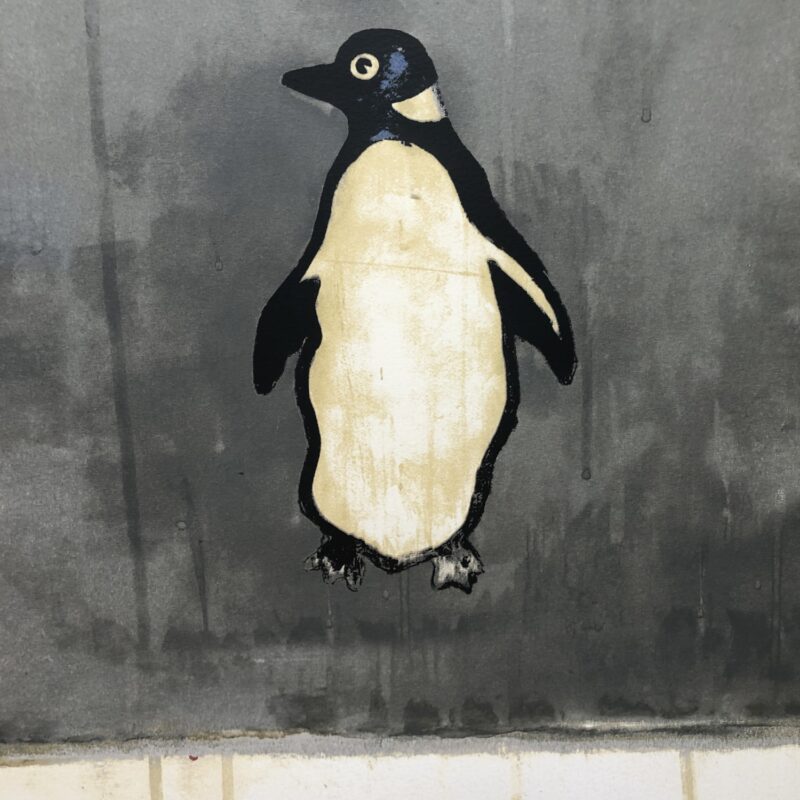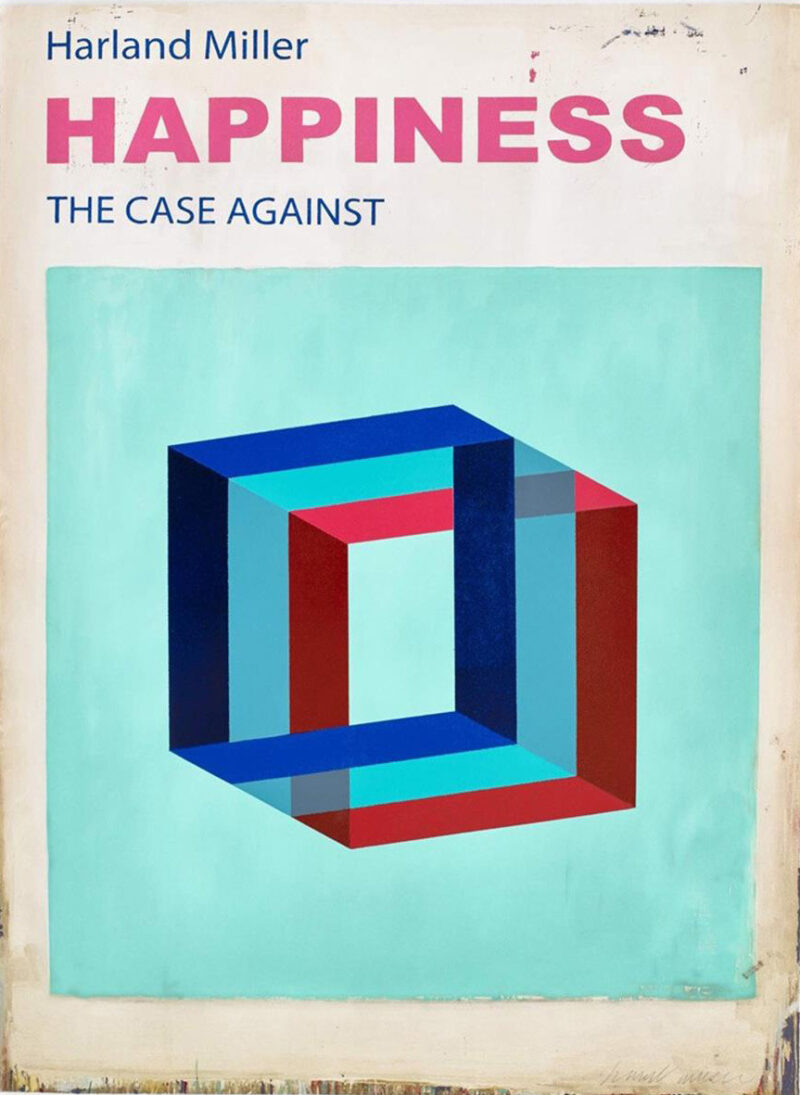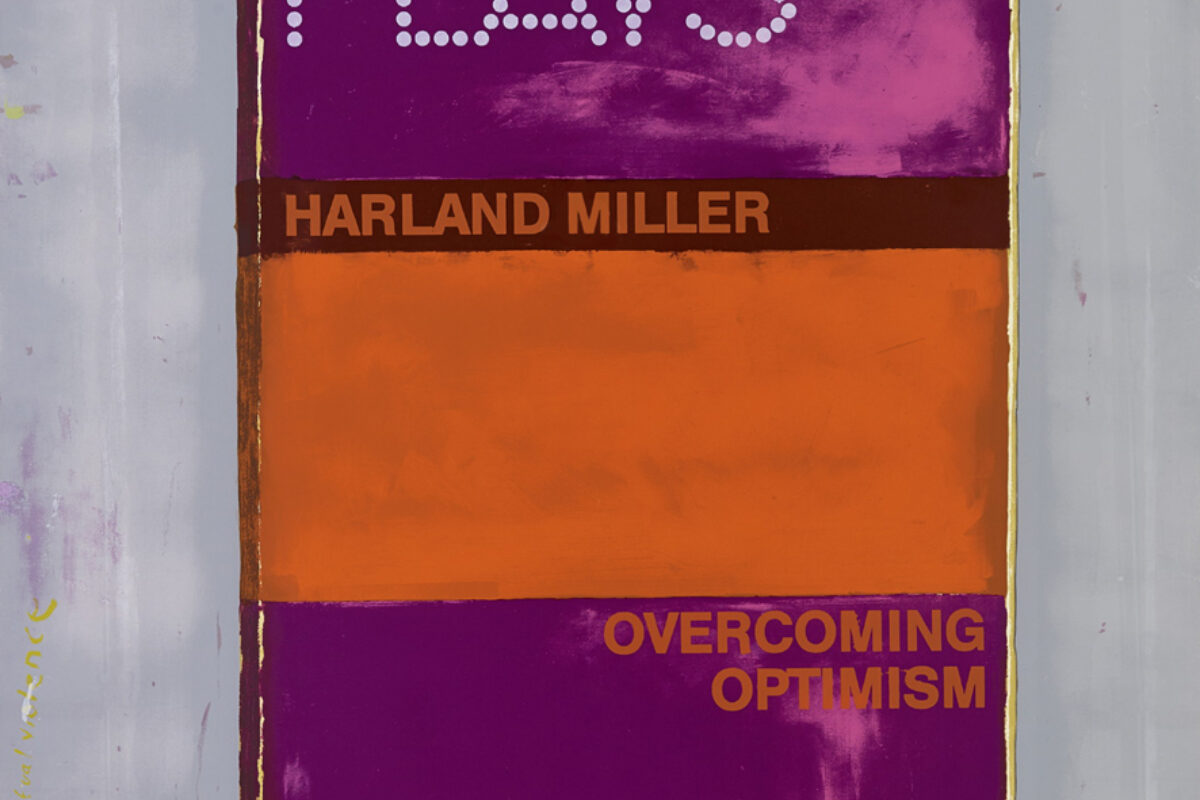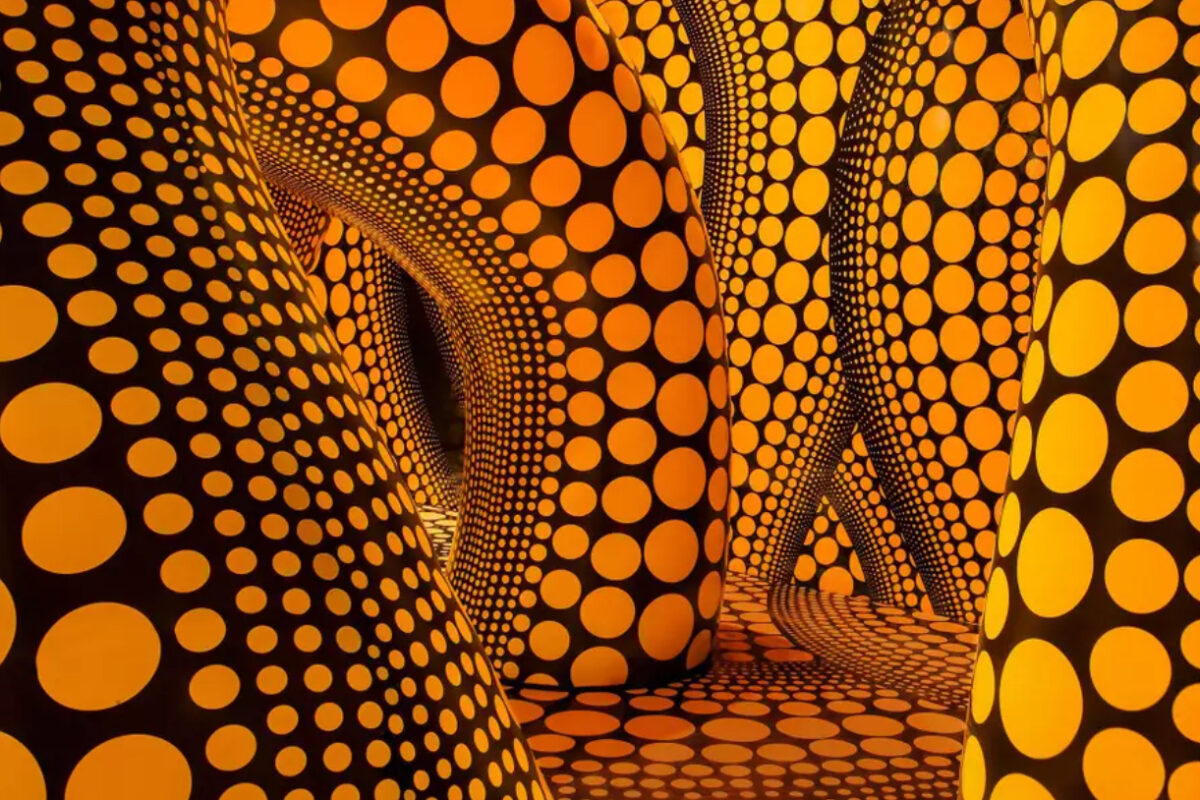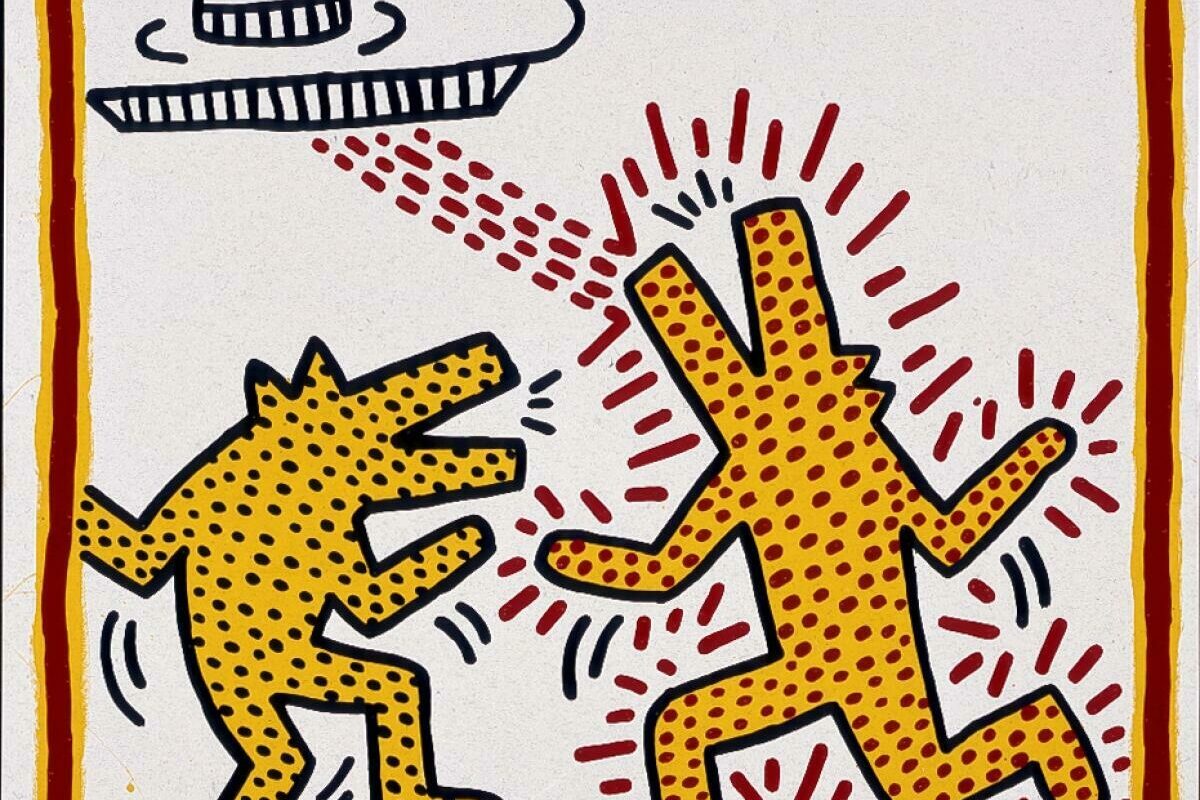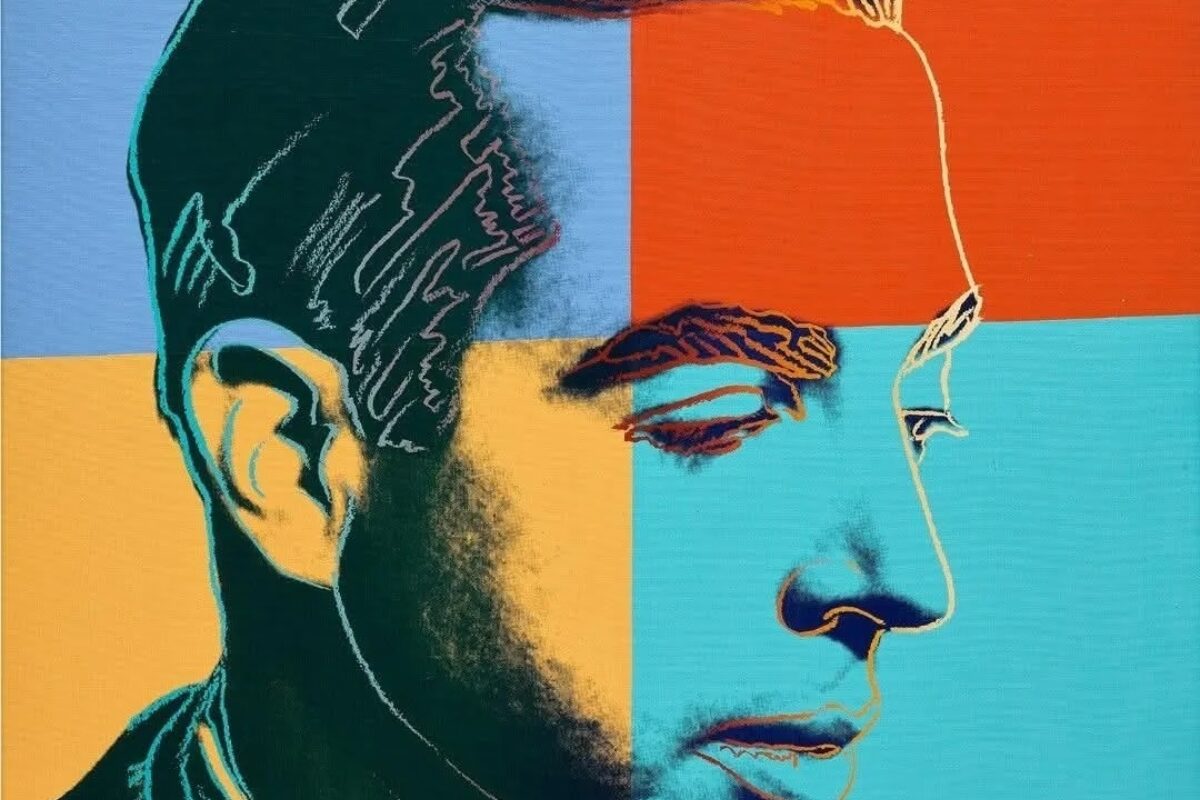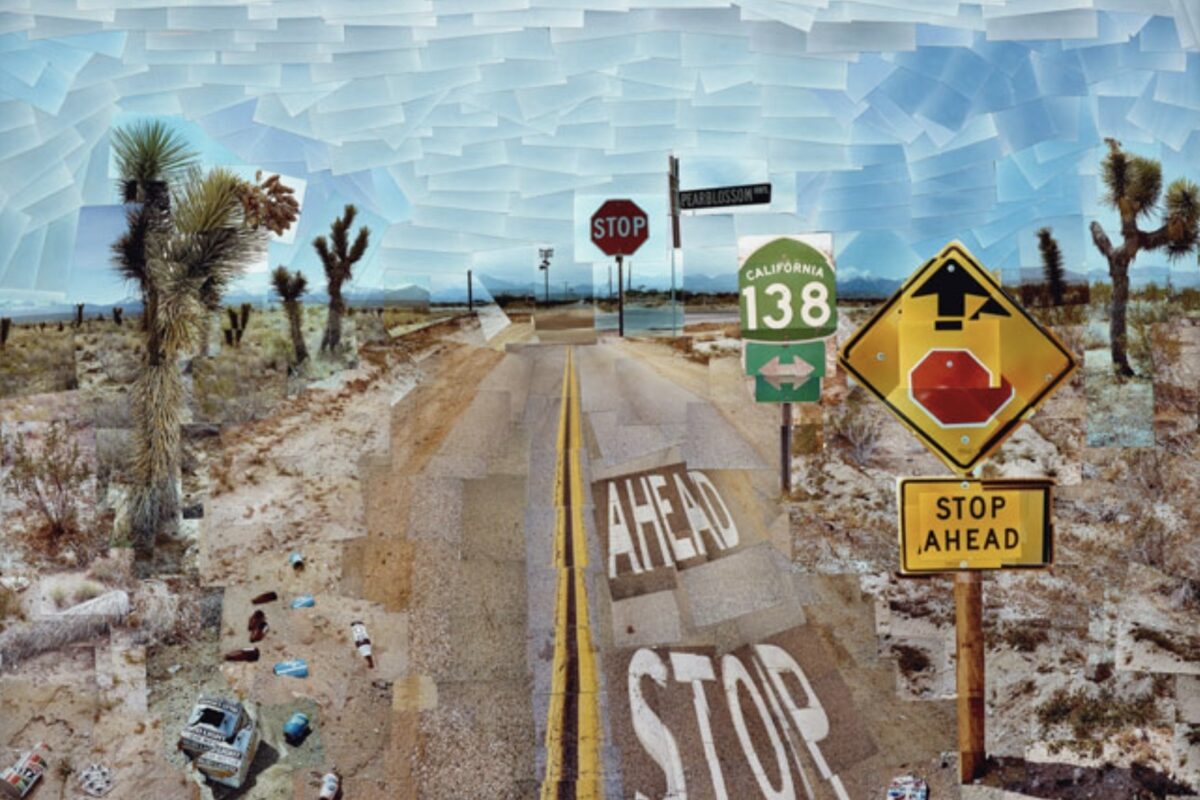Harland Miller’s art presses language into service as visual form, melding humour, nostalgia and wit in paintings that recall vintage Penguin book covers. Saturated with irony and emotional weight, his work is instantly recognisable.
In this editorial, we take a closer look at the influences that have kept Miller firmly rooted in the contemporary art fold, shaping a body of work that feels as relevant today as ever.
Most recently, in June 2025, Miller joined Talk Art hosts Russell Tovey and Robert Diament for a live podcast recording at the Nevill Holt Festival, appearing before a sold-out audience. The conversation offered a candid and often hilarious window into his practice, touching on everything from early inspirations to the evolving role of language in his work.
